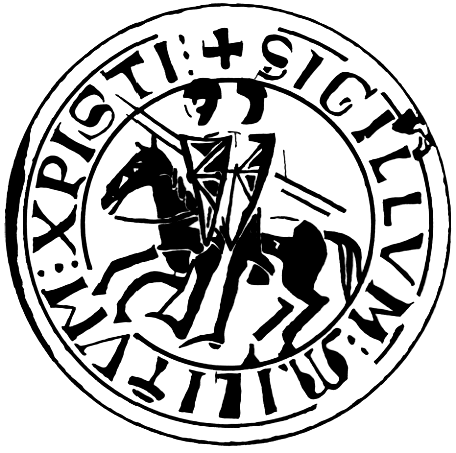
|
Docta Ignorantia XVI Trinity The Trinitarian discussions of the first four centuries CE were an intra-Pythagorean argument over the nature of number. They were not a discussion of the nature of Jesus. Both of the resolutions of the argument -- the affirmations of Nicæa and Chalcedon -- resolved nothing about the nature of number and said nothing about the nature of Jesus. The protagonists were neither full-time Christians nor full-time Pythagoreans. They were a little of both and a lot of neither. They were not qualified to discuss even the nature of number, much less the nature of Jesus. They were not first-string representatives of the spiritual culture of their time. After Paul the Apostle, the first authoritative representative of Mediterranean culture of whom we have records, excepting Origen and Dionysius the Areopagite, is Jerome of Rome and Bethlehem. Whenever we are dealing with evidence from deep history, we have to be careful on account of this fact: historical evidence is made by one type of person and preserved by another. Those who preserve it, namely, scholars, are not those who make it or those who can make it. Scholars are librarians. They are not progenitors. Those who make history, such as rulers, theologians and monastics, are an entirely different sort of personality from those who catalogue it. Those who catalogue history keep what they can understand. They discard what they cannot understand. Most of what progenitors do scholars cannot understand. It is not in their make-up to understand what progenitors do. If it were, they would be progenitors. Therefore, scholars delete, either deliberately or by default, most of what the makers of history do. The libraries, the record of civilization, therefore, comprise only a thin sliver of what really happened and that from a narrow-minded point of view. This is an irony of scholarship, that the workers preserve for our view very little of what really matters, and, that what is preserved does not in large measure reflect what actually happened. As time goes on and scholars add to the work of scholars, their record of history diverges more and more from what really happened, and the reasons for it, and pretty soon we have nothing but a heap of writings that reflect what scholars are talking about among themselves rather than what the progenitors of history actually did. In other words, we have a mess. Whenever we are using scholarly material -- which is the only material we have to use for anything pre-Gutenberg -- we have to use a great deal of intuition to peer past the scholarly cognitive screen to the truth of what really went on in some situation. It is of utmost importance to use only primary literature when this is available and to be as sure as may be possible that what is represented as primary literature actually is. Nor should we assume that every primary literature written since Gutenberg is primary. Revision is occurring every time a text is type-set. Every typist and type-setter fancies themselves an editor of some worth. It has taken me 30 years or more to figure out what happened up to, at and after the Council of Nicæa. This was not because I had neglected to read the literature. It was because I had not got till now the key to understanding what it was that happened way far behind what our scholars say happened. The key emerged in small, stead steps over a period of these many years. No great lightening bolt of insight. Many small illuminations, steadily, over time, in response to continuous, unrelenting inquiry.
Adwaitha Hermitage
|
